July 26 - August 1, 2015: Issue 224
National Tree Day 2015: An Old Story of Wattle Trees for Children and Mid-Winter Gold Tinge on Plants at Present
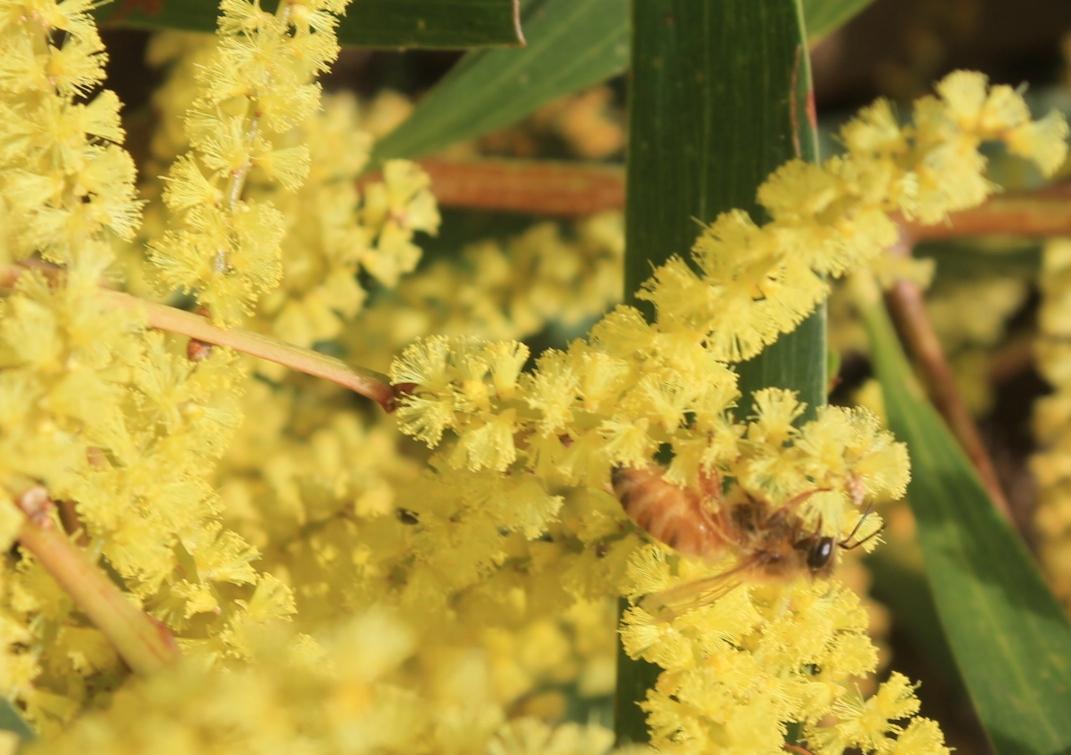
It's National Tree Day 2015 today, and to celebrate these largest of all plants we'd like to share a short story written a while ago about one of our own Winter to Spring flowering trees, the Wattle, which also seems to herald that gold tinge you can see on many plants and trees at present.
The Golden Wattle, Acacia pycnantha, is also Australia's National Flower!
There is also a nice golden and orange tinge over many plants during this weeks of Winter, so we went and took some pictures of some of these for you too. Perhaps when you go for your walks this week you could look around, see how many different kinds of plants have this golden tinge - some of these, like fir trees, naturally turn gold and yellow at this time of the year on their fringes, others, like the wattles, are plants that flower this tiem of year in many shades of creamy white to yellow and gold. Banksias, also in many shades of yellow, are flowering now and will into Spring weeks.
Other plants may be turning gold and yellow as part of their yearly cycles - jacaranda trees, for instance, have leaves that are turning yellow and dropping to make way for Spring's purple flowers.
We hope you take a moment to look up at a tall tree today and remember all the shade they make when it's hot, the homes they are for birds, possums and other native animals, the fruits they grow, the flowers they show... the places they can be for tree houses or just somewhere wonderful to climb into and gaze around at the world!
This year marks the 20th National Tree Day. Since Planet Ark launched National Tree Day in 1996, more than three million participants have planted 21 million native trees, shrubs and grasses.
WINTER WATTLE.
By A.E. BISHOP.
IT was early in the spring, long years ago. The Golden Wattle leaned her lovely boughs over the edge of the cliff, and gazed at her reflection in the clear, shining water that ran below her lowest roots.
“I am very beautiful," she said softly. "Surely I am the queen of all flowering trees."
A Pale Wattle beside her shook its creamy catkins with a sigh. "You are indeed a picture, my sister,” she said; "but I, too, am beautiful. It is only because of your bright yellow colour that the humans and the little people like you so. Yet my scent is like the breath of violets, and the bees come to me for pollen.”
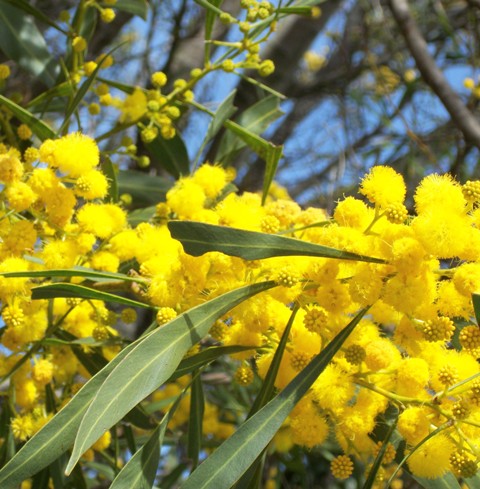 The balls of Golden Wattle trembled with laughter.
The balls of Golden Wattle trembled with laughter.
"Poor pale sister! You are not bad looking, of courae," she said; "but you must admit that my brighter colour is my beauty. No other tree in flower is as regal as I"
THEN the Pale Wattle drooped her graceful head sadly, and wept in her heart; for she knew well how the fairies welcomed her sunshiny sister, and almost missed her entirely in their praises.
"Dear, dear!" said the Creek below the cliff. "Creamy Wattle is dropping her flowers quickly; she must be sad."
And this she told to the Willy Wagtail as he dashed across the silver surface of the water for his midday bath. The Willy Wagtail was a wise birdie, and kind-hearted, so he flew up to the wattle sisters. There he met a tiny Diamond Bird, who had a nest in the bank between the two trees. Chippie told the Willy Wagtail all he knew; of how the Golden Wattle laughed because she was most beautiful, and now the Pale Wattlo sighed because —though she, too, was beautiful—no one noticed her.
"This is hard luck," murmured the Creek as she danced down her stony staircase while the Wagtail told his story. “I must see the West Wind, who can tell the Wisest Man all about it."
SO the Creek told the West Wind, who flew, straight away to the seashore, where dwelt the Wisest Man. He listened thoughtfully to the West Wind, and at last he said slowly, lifting up a small handful of pale sea sand:
"The Creamy Wattle should not flower at the same time as her sister; and, as there are so many flowers already booked for later in the year, she must bear her blossoms early in the Winter. Thus Creamy Wattle will be the best praised of trees, because she gives her violet scent and her real beauty when the world is short of flowers. Scatter this sand near her roots, just a few grains of the Sands of Time, and she will be happy."
SO the West Wind did as he was told, and ever since then the Pale Wattle has flowered and cheered the earth when most other blossoms are asleep.
WINTER WATTLE. (1927, August 4). The Queenslander(Brisbane, Qld. : 1866 - 1939), p. 53. Retrieved from http://nla.gov.au/nla.news-article25298798
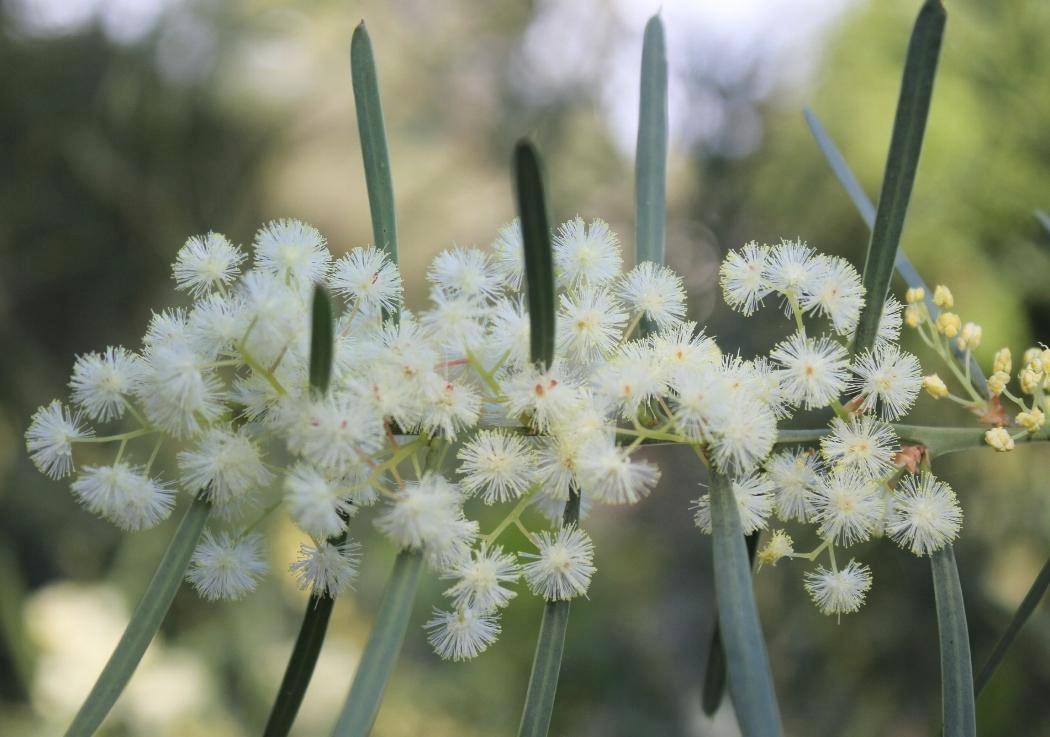
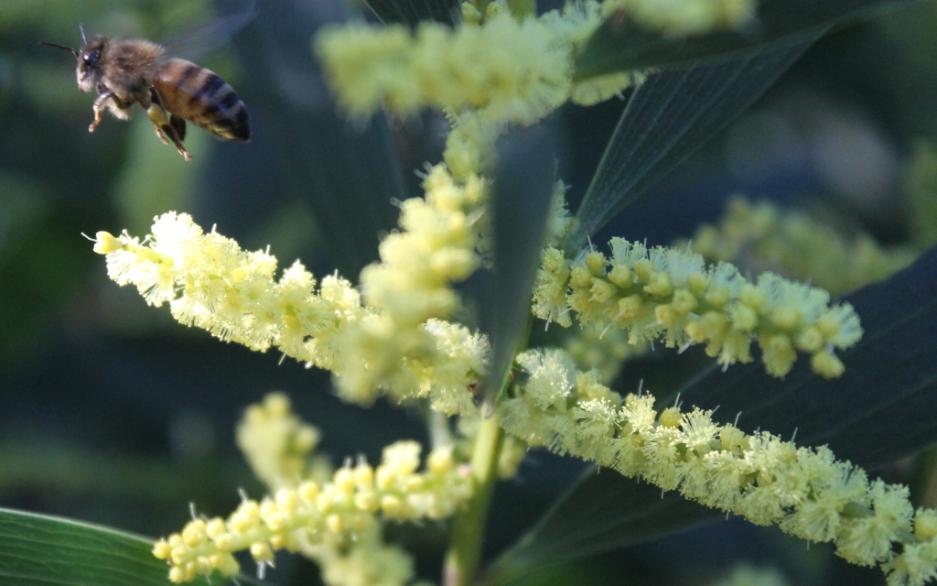
Some More Mid-Winter Golden Tinges
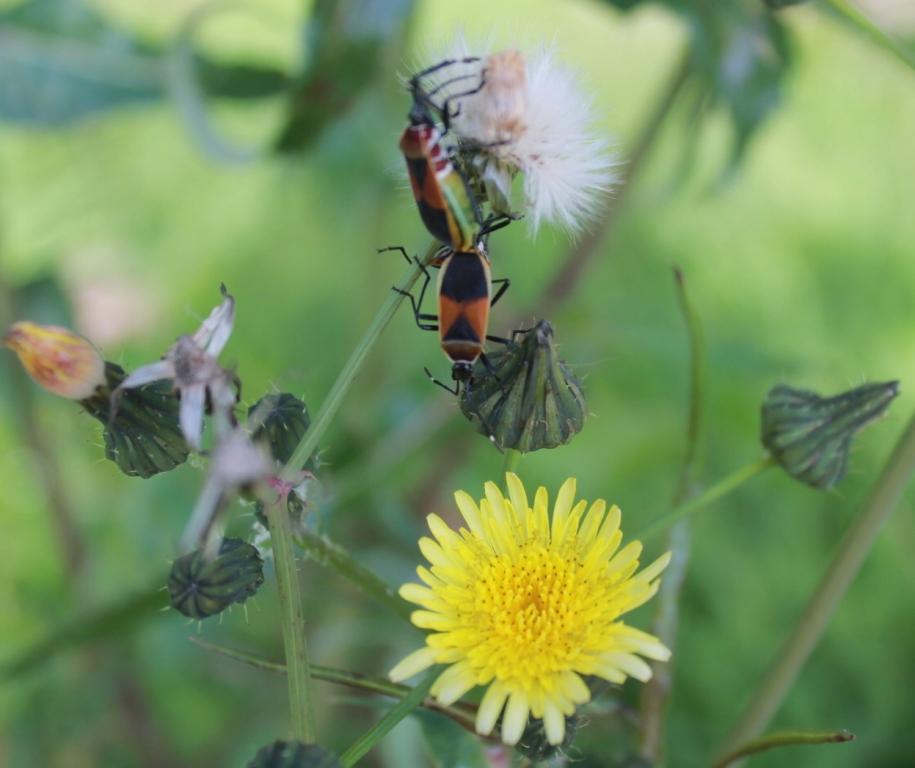
Dandelion
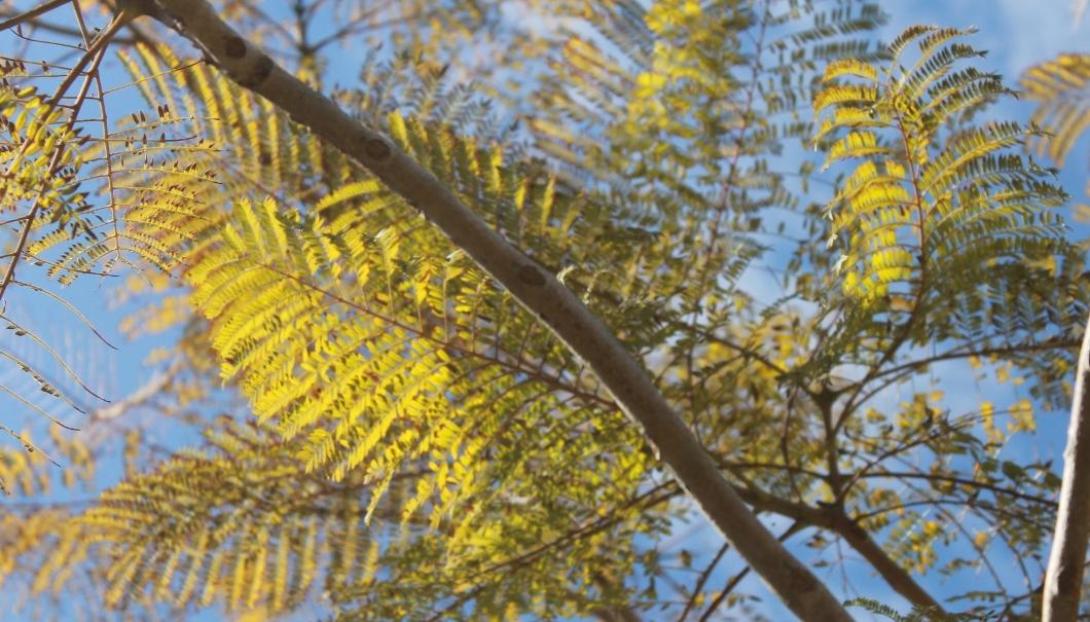
Above: Jacaranda tree beginning to shed its winter leaves in time for Springs masses of purple flowers!
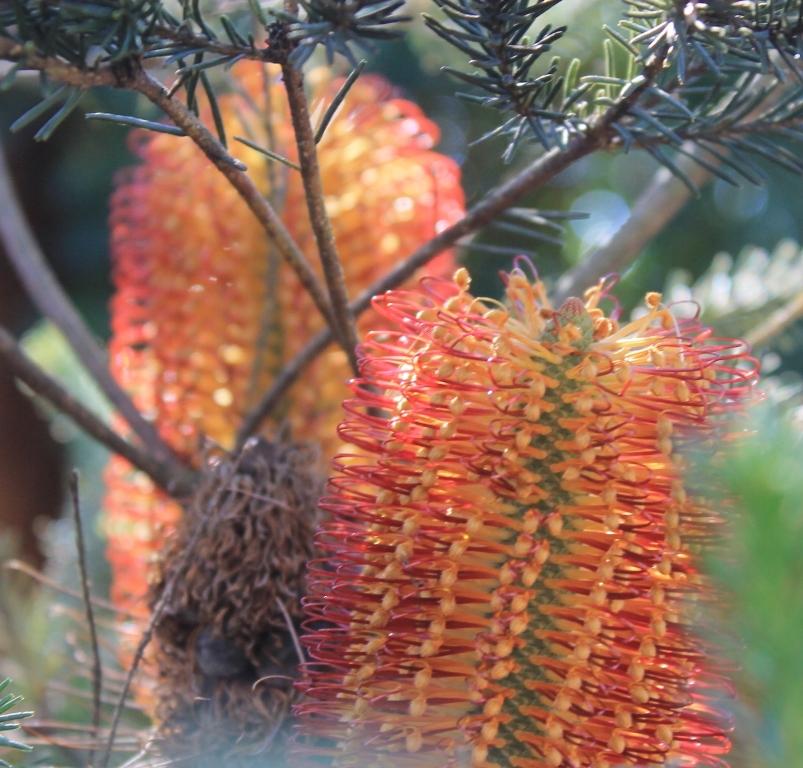
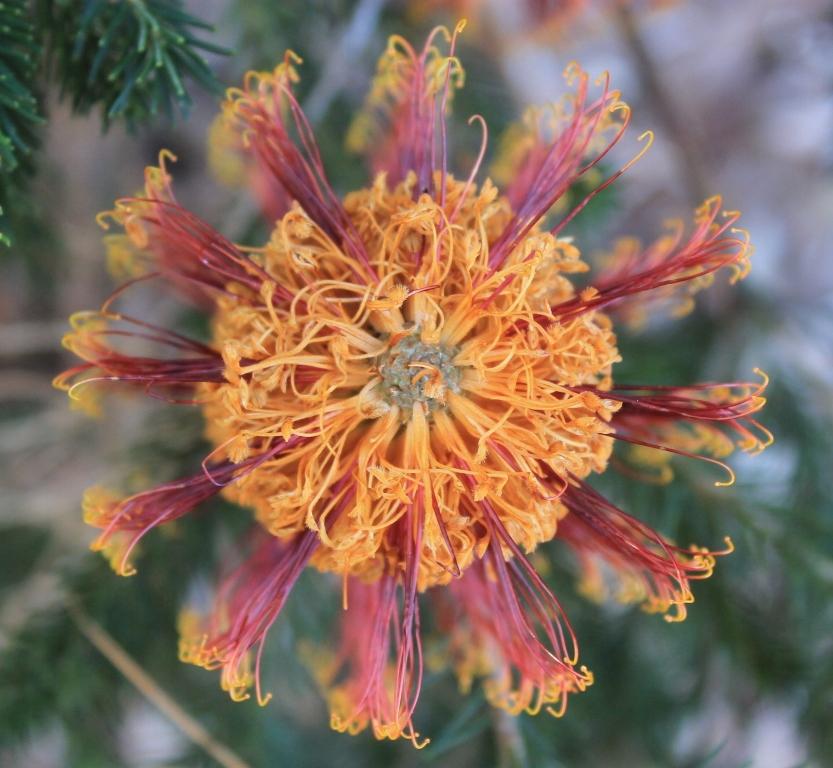
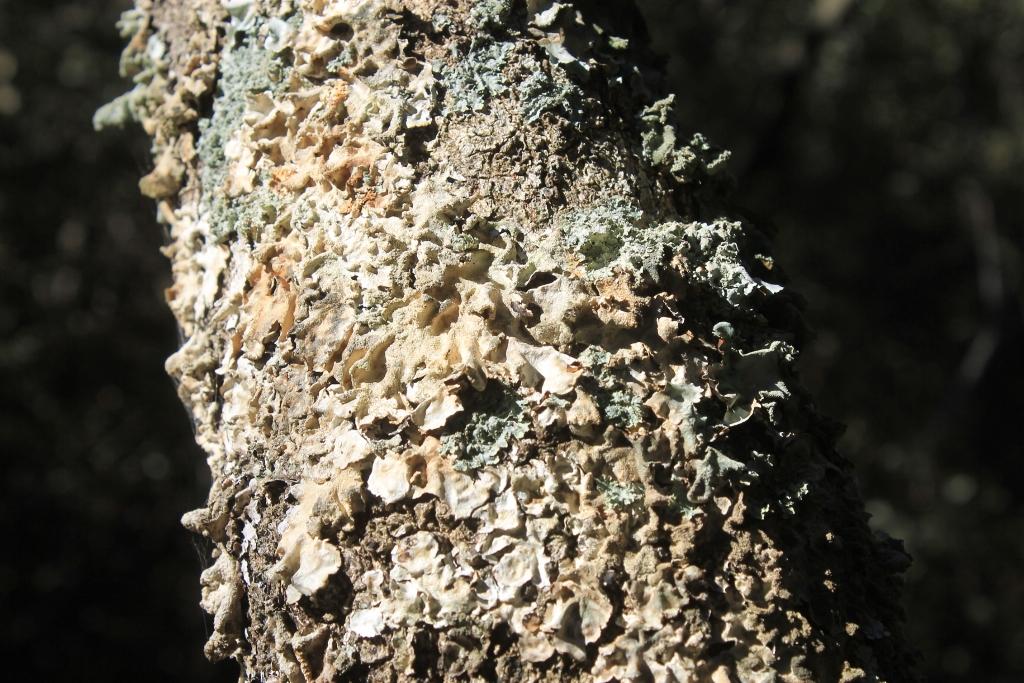
Lichen on a sheoak trunk turning yellow where it dries out and pales in Winter sunshine.
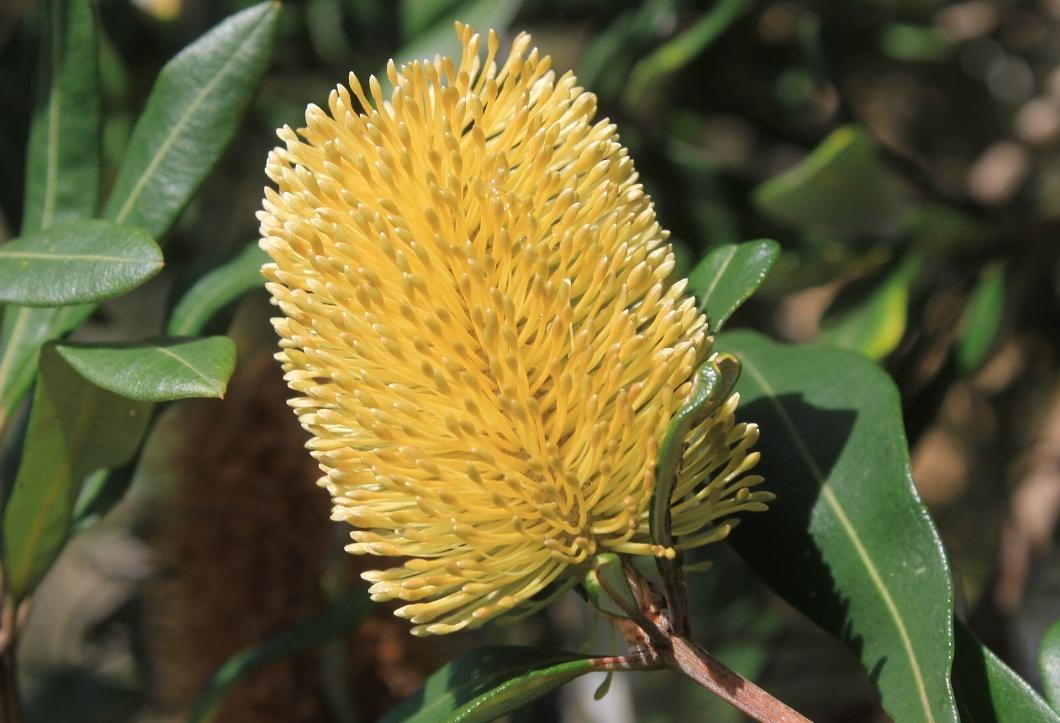
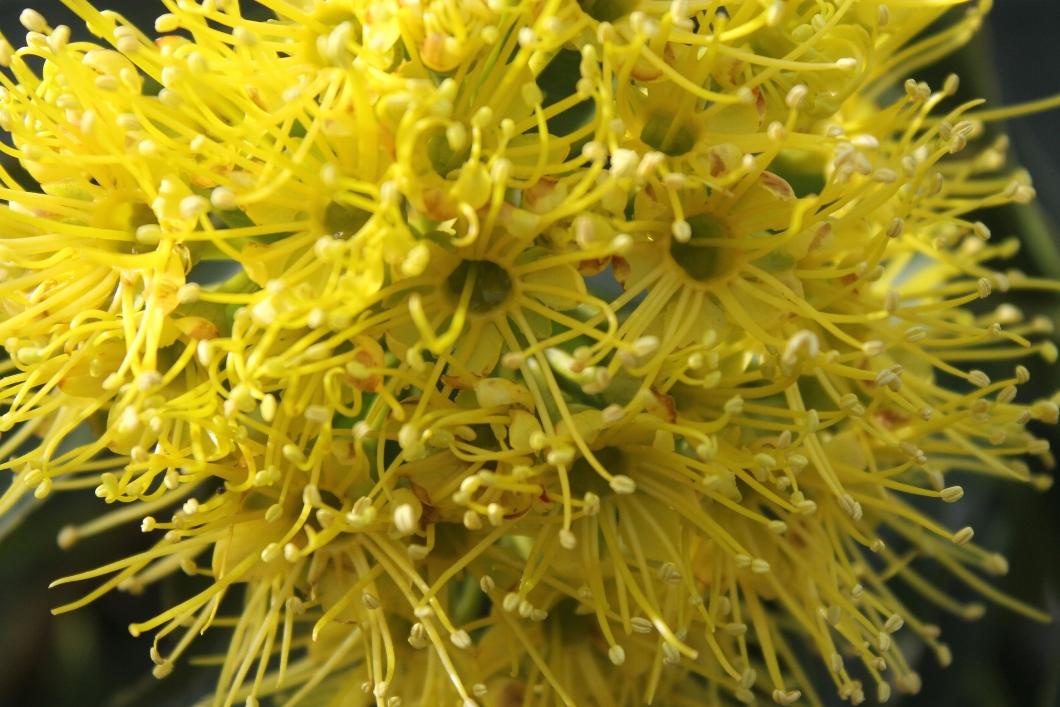
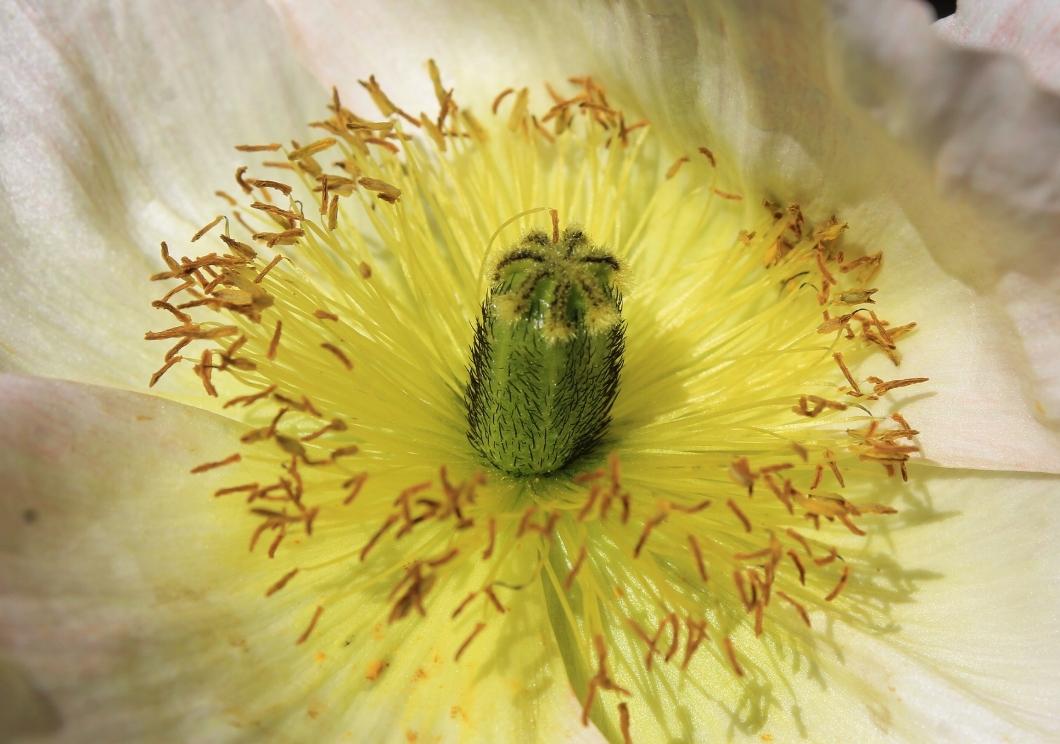
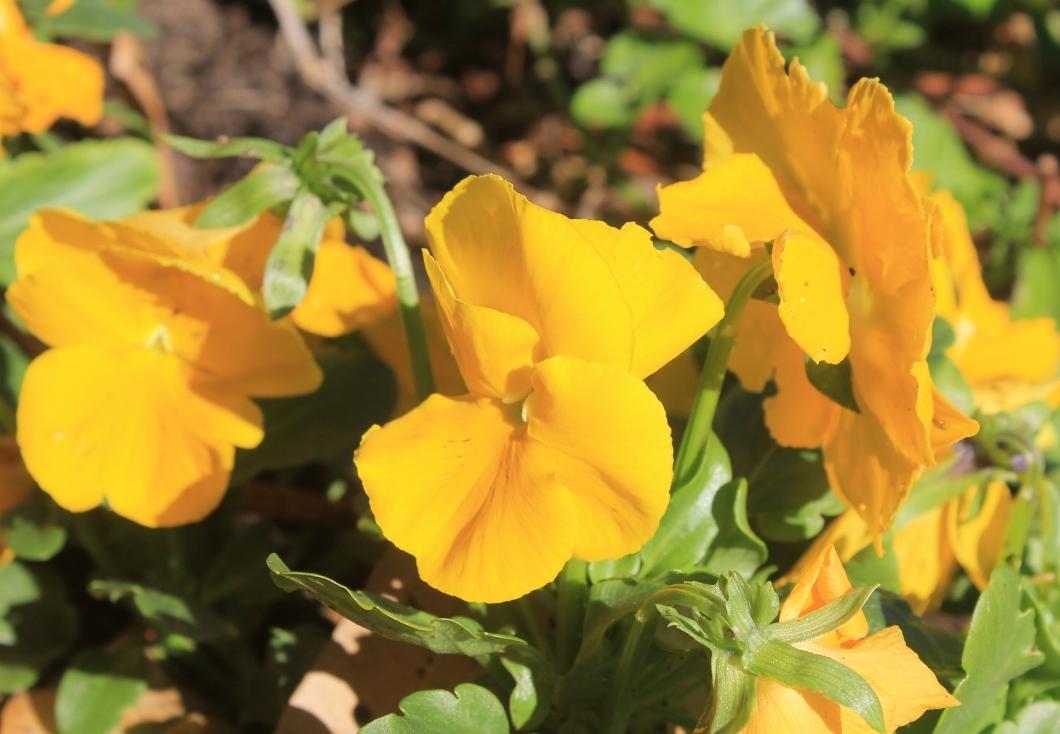
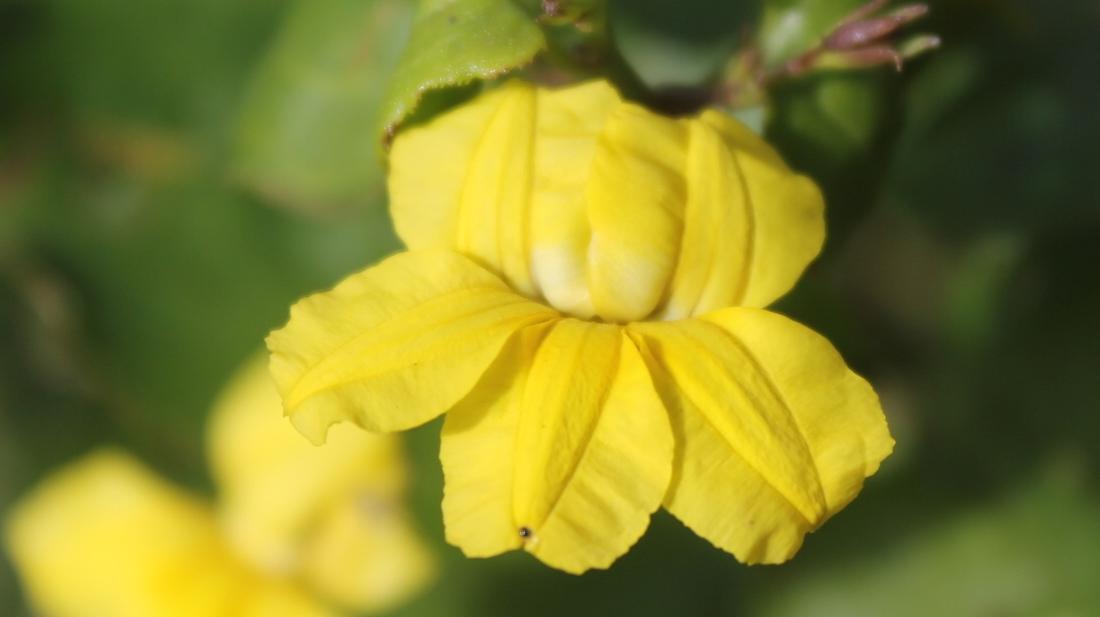
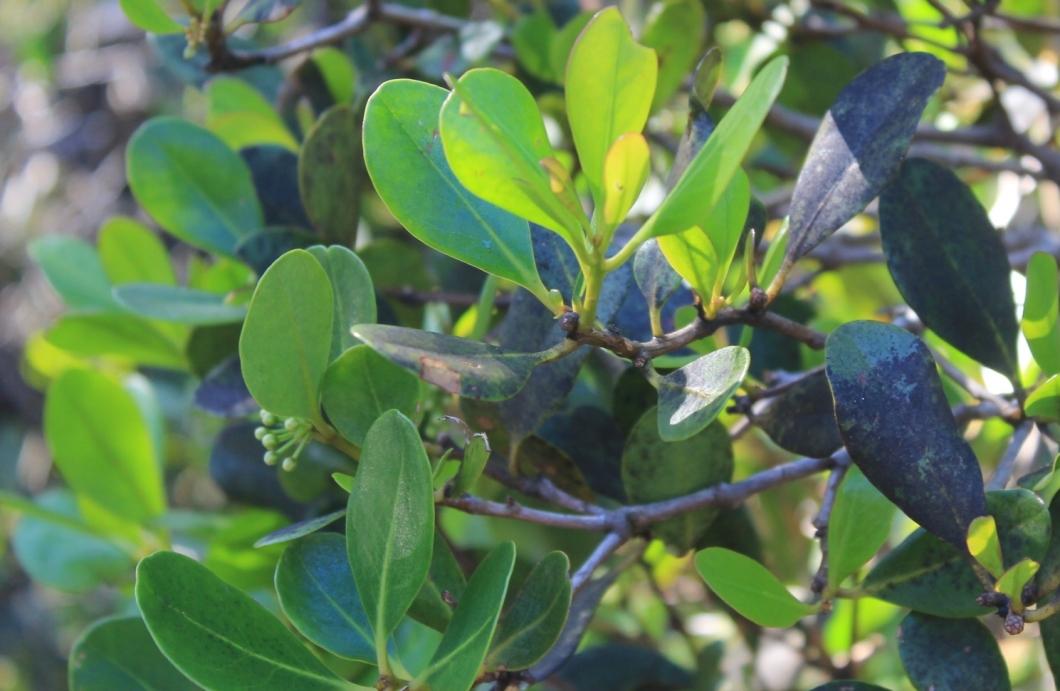
Many plants have new growth showing now - lighter green leaves atop the older darker greens - like these mangrove plants.
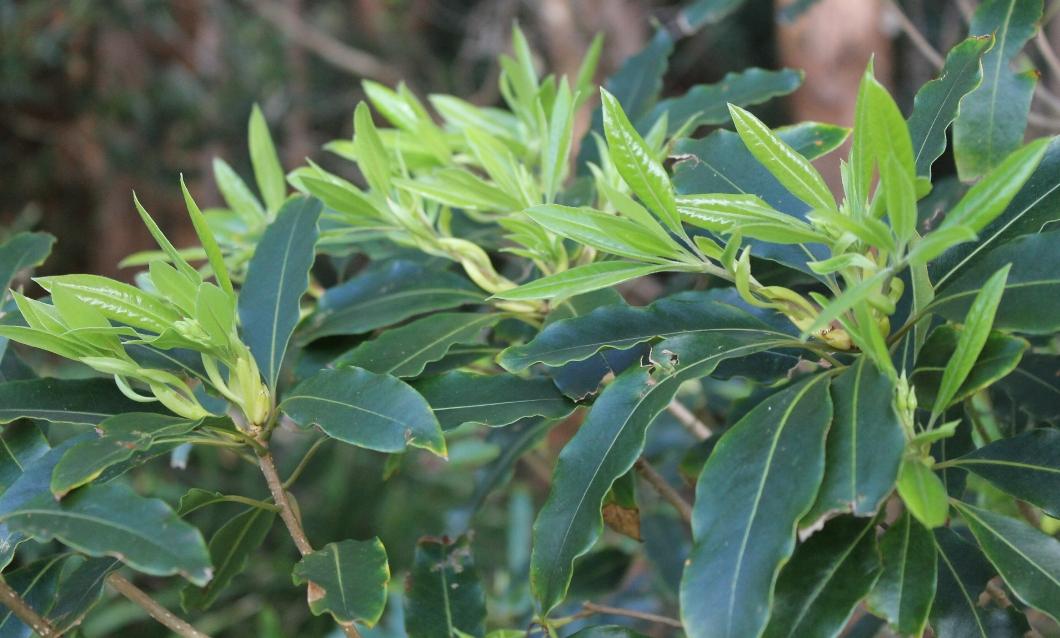
Pictures by A J Guesdon.